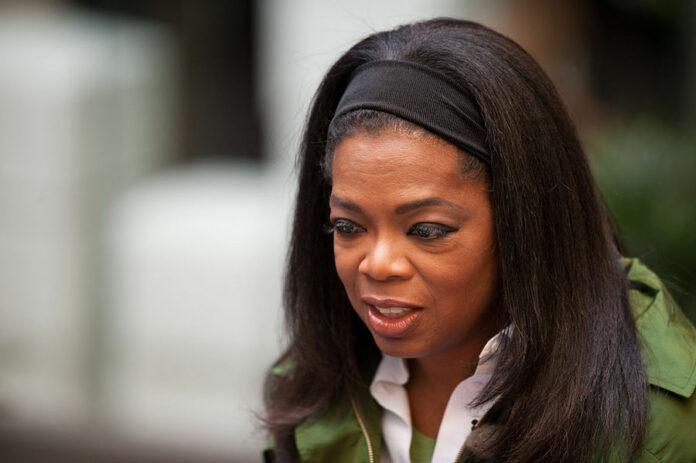![BILL EBBESEN [CC BY 3.0] / COMMONS](https://theaggie.org/wp-content/uploads/2016/10/media_op.jpg)
 Diverse directors will increase diversity in roles, characters on screen
Diverse directors will increase diversity in roles, characters on screen
Just how white is the film and television industry?
You don’t have to answer that. It’s become obvious in recent years just how pervasive lack of diversity is in entertainment. It seems to be the only unwavering aspect of Hollywood’s constantly changing trends (fashion, actor popularity, silly controversies, etc.). But controversies, like #OscarsSoWhite, seem to subside as soon as the Academy Awards are over.
Lack of diversity has been an ongoing debate on social media for a while now. It’s where #OscarsSoWhite started and morphed into #HollywoodSoWhite. Despite the fact that both of these movements have left the spotlight since last February, the hashtag lives on through Twitter, and for good reason.
Unequal representation of marginalized groups in film and television is still an issue, and it hasn’t gone away just because it has lost traction in the media.
This year, there have been too many cases of Hollywood whitewashing.
One of the most horrifying examples is Birth of the Dragon, a film about Bruce Lee and the fight against kung fu master Wong Jack Man. That’s the premise, at least. The person who narrates the film is actually a white man who stumbles into Chinatown one day and discovers kung fu. If you watch the trailer, there are many other disturbing aspects of this movie. And they follow Hollywood Whitewashing 101 to the tee.
This film takes perhaps one of the most stereotyped aspects of Asian culture, martial arts, drops a white guy right in the middle of it and sells it as authentic. But don’t worry. The fighting choreography — clearly, the most important part of this film — is “from the martial arts team behind X-Men.” It’s legitimate.
Asian films consistently depict Asian Americans as kung fu masters, but that’s not who we are. That’s not all we do. It’s a stereotype the film industry capitalizes on, but our narratives can’t and shouldn’t be limited to a handful of stereotypes.
This applies to all marginalized groups. To be clear, just because 12 Years a Slave has won three Academy Awards, including Best Picture, does not mean Hollywood is diverse or inclusive. Roles for African American and Chicanx/Latinx actors and actresses should not be limited to slaves or the servants.
Some of these films are amazing works of art. We are seeing more minority groups get screen time, but it’s not enough if social identity is the sole reason for that character’s existence. Stories exist outside the stereotypes given to various groups. While the “I don’t see color” argument is ridiculous, minorities can take on lead roles that are unrelated to their race or sexual orientation without that identity becoming a plot point.
But there can be no diverse lead roles if the people behind the cameras are not diverse.
USC’s Annenberg School for Communication and Journalism reported that films and television series with female directors had 5.4 percent more women and girls in lead roles compared to films and series with no female directors. Stories with female directors also had 10.7 percent more female writers and 12.6 percent more female creators.
They also found a 17.5 percent higher rate of ethnically underrepresented characters when the director was also ethnically underrepresented.
This data says it all. To increase diversity, there need to be diverse creators and directors. So far, that has been Hollywood’s greatest shortcoming. 13 percent of directors are not white, and just 15.2 percent of directors in different platforms are female. Only 3.4 percent of film directors are female.
Inclusion of minority groups is absolutely necessary.
This doesn’t mean studios should carelessly cast some people of color or a token gay character to increase diversity. Inclusion needs to be purposeful and thoughtful. Otherwise, we end up with the inaccurate portrayals and stories we see today, told through the lens of white experience. How is that in any way true to the experiences of people of color or LGBT+ folks?
Just because the film and television in question is fictional doesn’t mean the stories and characters won’t have real-world implications. Some of these works may be elaborate and complete fantasy, but if monsters, wizards and aliens can make it in, there should be no problem creating more roles for other, real identities. Hollywood is known for being fast-paced, and there’s no reason to slow down now.
Written by: Jeanette Yue — jyyue@ucdavis.edu
Disclaimer: The views and opinions expressed by individual columnists belong to the columnists alone and do not necessarily indicate the views and opinions held by The California Aggie.




